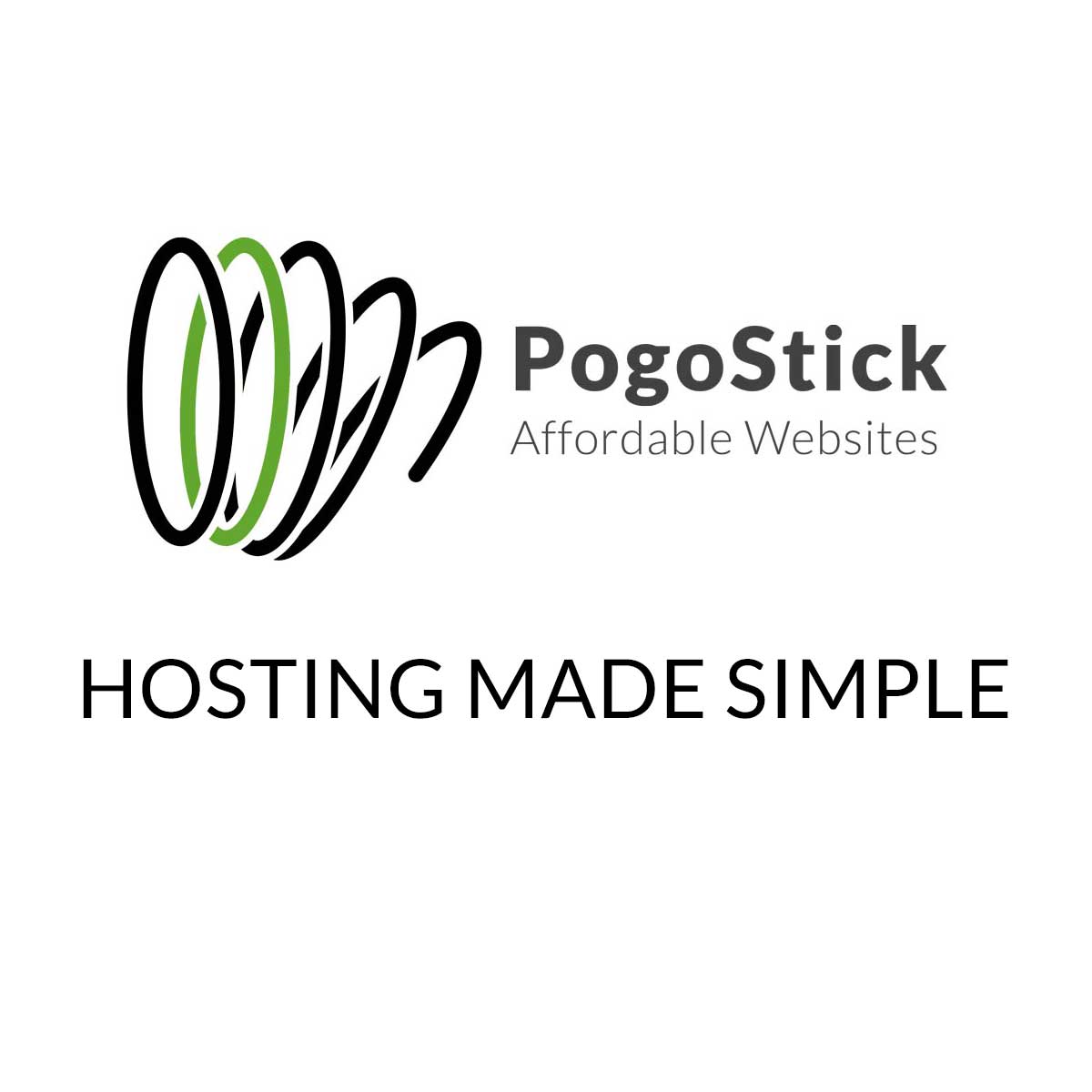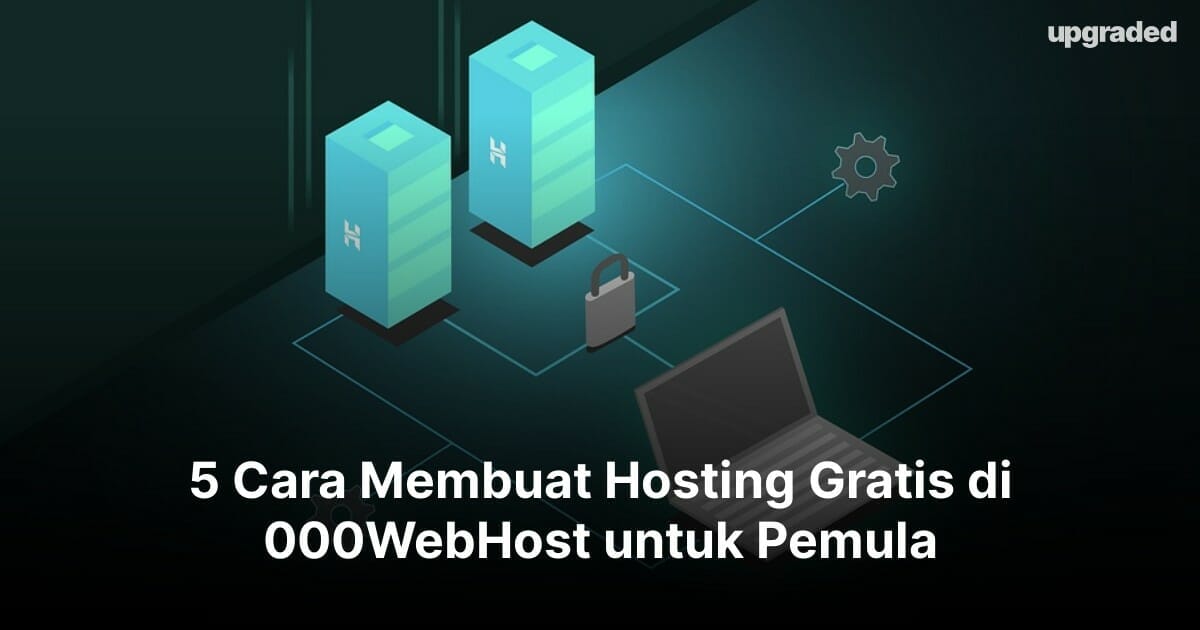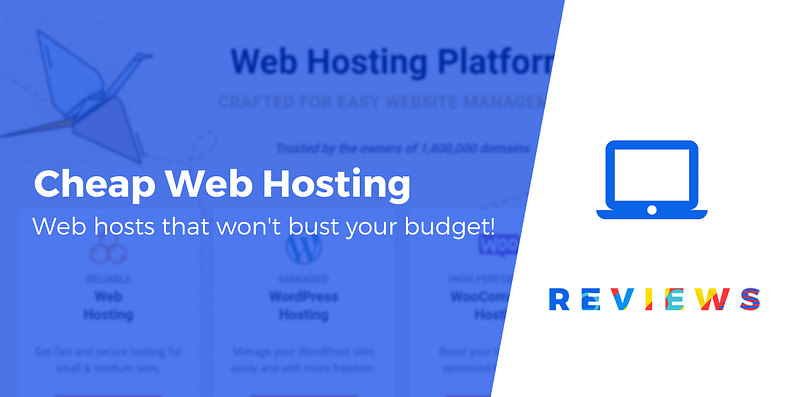Simple hosting, a streamlined approach to website management, offers an easy and affordable way to bring your online presence to life. Whether you’re a budding blogger, a small business owner, or simply need a reliable platform for your online portfolio, simple hosting provides a user-friendly experience with minimal technical complexities.
This type of hosting focuses on providing essential features and straightforward tools, making it ideal for those who prioritize ease of use and cost-effectiveness. It’s like having a ready-made platform where you can focus on creating compelling content and building a strong online presence without the hassle of complex server configurations or technical jargon.
What is Simple Hosting?
Simple hosting is a type of web hosting that offers a straightforward and easy-to-use platform for website owners. It’s designed for beginners or individuals who need basic website functionality without the complexity of managing server configurations or technical details.
Simple hosting plans typically cater to personal websites, blogs, or small businesses with limited traffic and resource requirements. It differs from more complex hosting options like VPS or dedicated servers by offering a streamlined and user-friendly experience.
Common Features of Simple Hosting Plans
Simple hosting plans often include features that make managing a website hassle-free. Here are some typical features:
- One-Click Installation: Simple hosting platforms often offer one-click installation for popular website builders like WordPress, making it easy to set up a website without technical expertise.
- User-Friendly Control Panel: Simple hosting providers usually offer intuitive control panels with drag-and-drop functionality, making it easy to manage files, databases, and other website settings.
- Email Accounts: Most simple hosting plans include email accounts, allowing website owners to create professional email addresses associated with their domain name.
- Basic Security Features: Simple hosting often provides basic security features like malware scanning and firewalls to protect websites from common threats.
- 24/7 Customer Support: Simple hosting providers typically offer 24/7 customer support through phone, email, or live chat, ensuring assistance is readily available when needed.
Use Cases for Simple Hosting

Simple hosting is a cost-effective and efficient solution for various website and application needs. It’s ideal for projects that don’t require complex configurations or extensive resources, making it a popular choice for individuals, small businesses, and startups.
Examples of Websites and Applications Suited for Simple Hosting
Simple hosting provides a suitable platform for various types of websites and applications. These include:
- Personal Websites and Blogs: Individuals and hobbyists often use simple hosting to showcase their work, share their thoughts, and connect with others. These websites typically have basic content, such as text, images, and videos, and require minimal technical expertise to manage.
- Small Business Websites: Businesses with limited budgets and technical resources can leverage simple hosting to establish an online presence. This includes creating simple websites with product information, contact details, and basic marketing materials.
- Portfolio Websites: Freelancers, artists, and designers use simple hosting to showcase their work and attract potential clients. These websites often feature a collection of projects, testimonials, and contact information.
- Static Websites: Websites with content that rarely changes, such as company landing pages or promotional websites, are well-suited for simple hosting. These websites typically rely on HTML, CSS, and JavaScript, and require minimal server-side processing.
- Simple Web Applications: Basic web applications, such as online forms, surveys, and calculators, can be hosted on simple platforms without requiring extensive resources or complex configurations.
Hosting Requirements for Different Use Cases
The following table summarizes the hosting requirements for various use cases:
| Use Case | Traffic | Storage | Bandwidth | Features |
|---|---|---|---|---|
| Personal Website | Low | Small | Low | Basic features, such as email and FTP access |
| Small Business Website | Medium | Medium | Medium | Additional features, such as e-commerce and database support |
| Portfolio Website | Low to Medium | Small to Medium | Low to Medium | Focus on design and aesthetics, with minimal server-side processing |
| Static Website | Low to High | Small to Large | Low to High | High availability and reliability, with minimal server-side processing |
| Simple Web Application | Low to Medium | Small to Medium | Low to Medium | Basic database support and security features |
Setting Up Simple Hosting

Setting up simple hosting is a straightforward process, especially if you’re using a website builder or a content management system (CMS). These platforms handle most of the technical details, allowing you to focus on creating your website’s content and design.
Choosing a Hosting Provider
Selecting the right hosting provider is crucial for your website’s performance and reliability. Here are some factors to consider:
- Ease of Use: Choose a provider with a user-friendly interface and clear documentation. Look for features like one-click installs for popular CMS platforms.
- Reliability: Opt for a provider with a high uptime guarantee, meaning your website will be available to visitors most of the time. Check their customer reviews and uptime history.
- Performance: Consider factors like server location, bandwidth, and storage space. Choose a provider that can handle your website’s traffic and data needs.
- Customer Support: Ensure the provider offers responsive and helpful customer support. Check their availability options, like live chat, email, or phone.
Creating a Website with a Website Builder
Website builders like Wix, Squarespace, and GoDaddy offer a drag-and-drop interface for creating websites without coding knowledge.
- Sign Up for an Account: Choose a plan that meets your needs and create an account. Many providers offer free trials or basic plans to get started.
- Select a Template: Choose from a wide range of pre-designed templates or start from scratch. Customize the template’s colors, fonts, and images to match your brand.
- Add Content: Add text, images, videos, and other elements to your website. Use the built-in tools to create pages, blog posts, and galleries.
- Connect a Domain: Choose a domain name that reflects your website’s purpose and brand. You can register a new domain or connect an existing one.
- Publish Your Website: Once you’re satisfied with your website, click the “publish” button to make it live.
Creating a Website with a CMS
Content Management Systems like WordPress, Joomla, and Drupal offer more flexibility and customization options.
- Install the CMS: Most hosting providers offer one-click installs for popular CMS platforms. Follow the instructions to install the CMS on your hosting account.
- Choose a Theme: Select a theme that matches your website’s design and functionality. You can find free and premium themes from the CMS marketplace.
- Add Content: Use the CMS’s intuitive interface to create pages, blog posts, and other content. Add text, images, videos, and other elements.
- Install Plugins: Plugins extend the functionality of your CMS. Install plugins for features like optimization, social media integration, and contact forms.
- Configure Settings: Customize your website’s settings, including the title, tagline, and site language. Configure security settings to protect your website from attacks.
Configuring Essential Settings
After creating your website, it’s essential to configure essential settings to ensure optimal performance and security.
- Settings: Optimize your website for search engines by setting up sitemaps, meta descriptions, and s.
- Security Settings: Configure security settings like password protection, two-factor authentication, and website backups.
- Analytics Settings: Install Google Analytics or other analytics tools to track website traffic, user behavior, and performance metrics.
Customizing Your Website’s Appearance, Simple hosting
Customize your website’s appearance to match your brand and create a visually appealing experience for visitors.
- Color Palette: Choose a color palette that reflects your brand’s personality and target audience. Use contrasting colors for text and backgrounds to ensure readability.
- Typography: Select fonts that are easy to read and complement your website’s design. Use different font sizes and styles to create visual hierarchy.
- Images and Videos: Use high-quality images and videos to enhance your website’s visual appeal. Optimize images for faster loading times.
- Layout and Design: Organize your website’s content in a clear and intuitive layout. Use white space effectively to create a visually appealing and easy-to-navigate experience.
Managing Simple Hosting
Simple hosting, while easy to set up, still requires some basic management tasks to keep your website running smoothly and securely. This section explores the key aspects of managing your simple hosting environment, including updating content, managing files, monitoring performance, and enhancing security.
Updating Website Content
Updating website content is a common task for website owners. Simple hosting platforms typically provide intuitive interfaces for managing your website content, making the process straightforward.
- Content Management Systems (CMS): Many simple hosting providers offer integration with popular CMS platforms like WordPress, Joomla, or Drupal. These platforms provide user-friendly dashboards where you can easily create, edit, and publish content, including text, images, videos, and more.
- File Transfer Protocol (FTP): If your hosting platform doesn’t offer a CMS, you can use FTP clients like FileZilla to connect to your server and upload or modify files directly. This method gives you more control over your website’s files but requires basic technical knowledge.
Managing Files
Managing website files involves organizing, uploading, and deleting files to ensure your website functions correctly. Simple hosting platforms typically provide file managers that allow you to perform these tasks easily.
- File Manager: Most hosting control panels include a file manager, a web-based interface that lets you navigate your website’s file system, upload files, create folders, and delete files. It offers a visual representation of your website’s file structure, making it easy to manage your files.
- FTP Clients: As mentioned earlier, FTP clients like FileZilla allow you to connect to your server and manage files directly. This approach provides more control over your files, but it requires technical knowledge and can be more complex than using a file manager.
Monitoring Website Performance
Monitoring website performance is crucial for identifying and resolving issues that can impact user experience. Simple hosting platforms often provide tools for monitoring website performance metrics like uptime, loading speed, and resource usage.
- Hosting Control Panel: Most hosting control panels offer basic performance monitoring features, including uptime statistics, resource usage graphs, and error logs. These tools provide insights into your website’s overall health and can help you identify potential problems.
- Third-Party Monitoring Tools: For more comprehensive monitoring, you can use third-party tools like UptimeRobot or Pingdom. These tools offer detailed performance reports, alerts for downtime, and insights into website loading speed and resource usage.
Optimizing Website Security
Website security is paramount to protect your website from malicious attacks and ensure the safety of your data. Simple hosting platforms often offer basic security features, but you can implement additional measures to strengthen your website’s defenses.
- Strong Passwords: Use strong, unique passwords for your hosting account and website logins. Avoid using easily guessed passwords and consider using a password manager to store your credentials securely.
- Regular Updates: Keep your website software, including the CMS and plugins, up to date. Software updates often include security patches that fix vulnerabilities and protect your website from attacks.
- SSL Certificate: An SSL certificate encrypts communication between your website and visitors, protecting sensitive information like login credentials and credit card details. Most simple hosting providers offer free SSL certificates.
- Website Firewall: A website firewall acts as a barrier between your website and potential attackers. It can block malicious traffic, prevent unauthorized access, and help protect your website from common attacks.
Ensuring Data Backup
Data backup is essential to protect your website’s content and data from accidental deletion or hardware failure. Simple hosting platforms may offer basic backup features, but you can implement additional measures to ensure your data is secure.
- Hosting Provider Backup: Many hosting providers offer automated backups of your website files and database. These backups are typically stored on the hosting server, but it’s essential to check the frequency and retention policy.
- Manual Backups: You can create manual backups of your website files and database using FTP or a file manager. These backups can be stored locally on your computer or in a cloud storage service.
- Backup Plugins: If you’re using a CMS like WordPress, there are various backup plugins available that automate the backup process and provide additional features like off-site storage and version control.
Wrap-Up

Simple hosting empowers individuals and businesses to navigate the digital landscape with confidence. By simplifying the hosting process, it removes barriers to entry, allowing anyone to create and manage a website without extensive technical expertise. Whether you’re launching a personal blog, showcasing your work, or establishing a small online store, simple hosting provides a solid foundation for your online journey.




